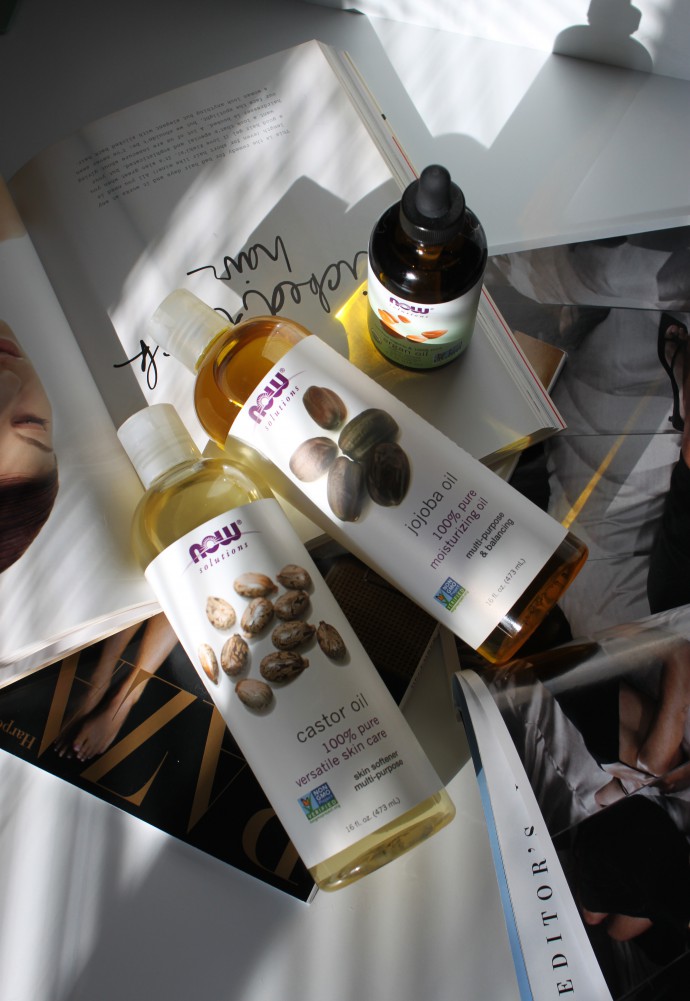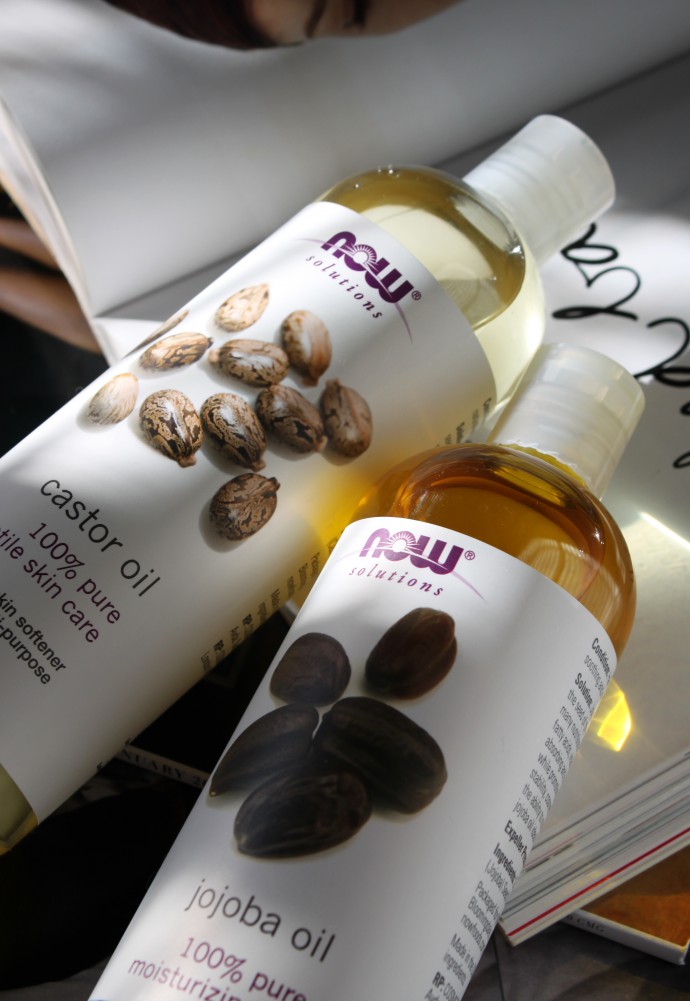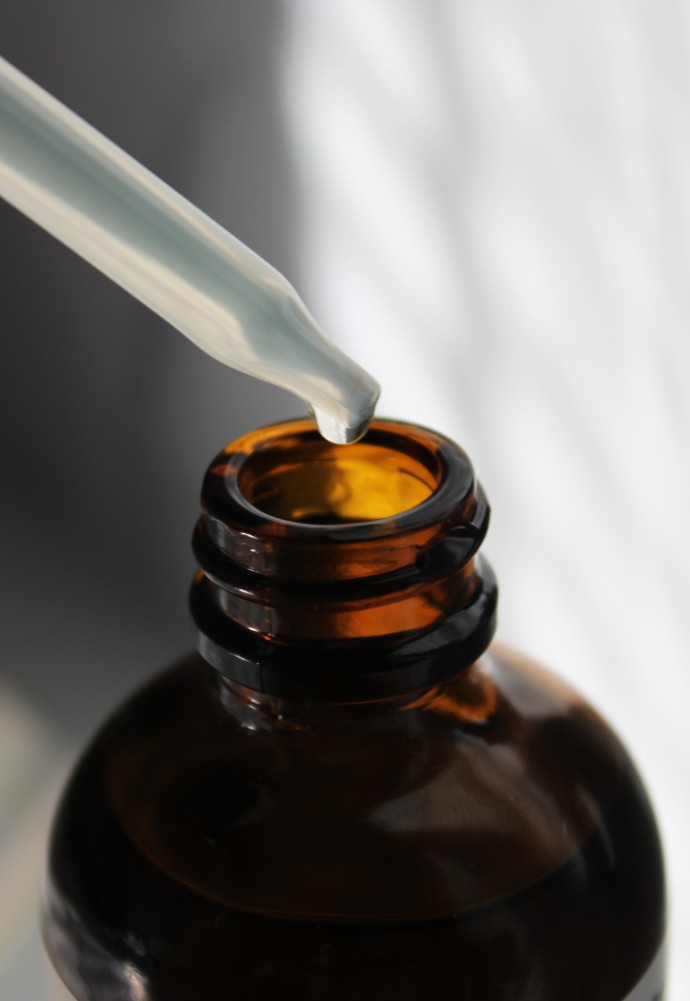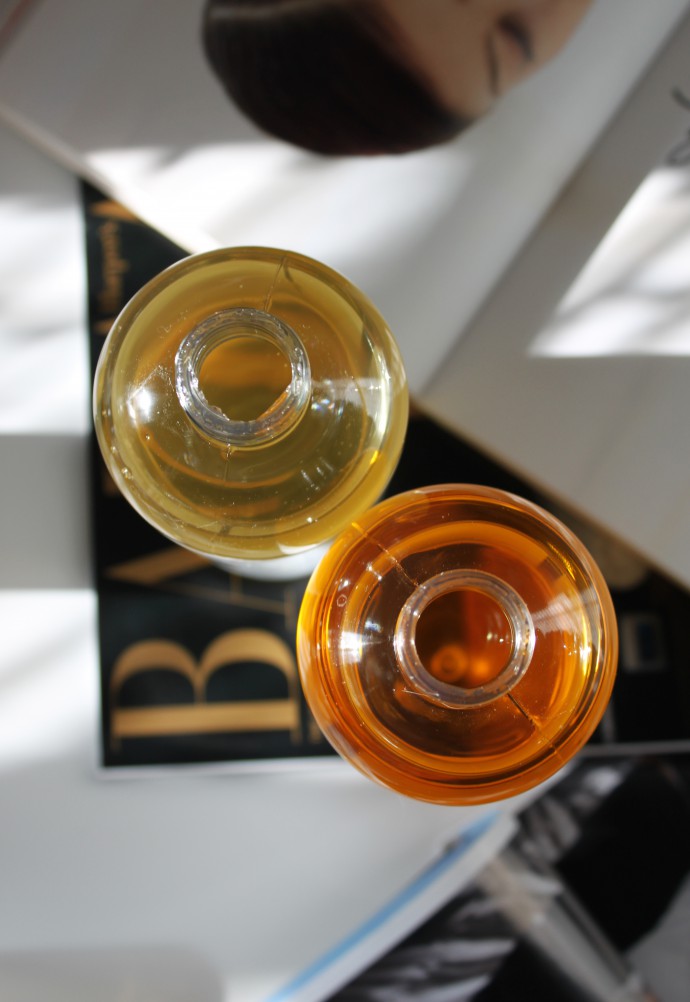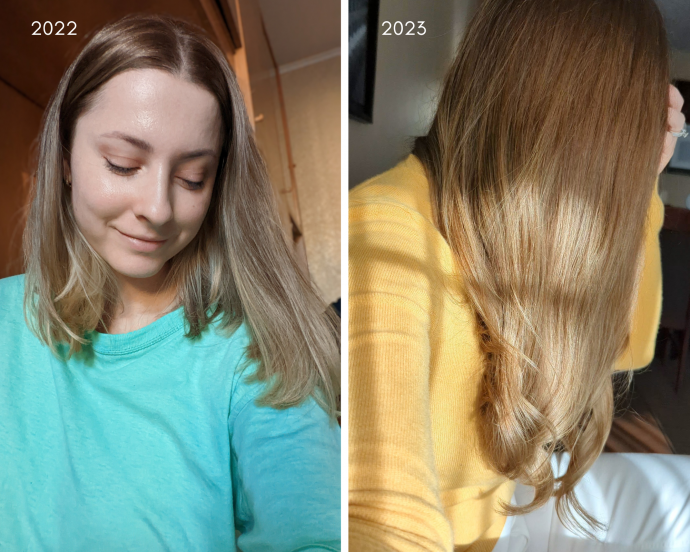As part of the #NOWWellness Influencer Program, I received product samples and compensation from NOW® to thank me for my participation, but the product selection and all opinions are genuinely my own.
Is TikTok Onto Something Here? Trying the Viral Hair Oiling Trend with NOW® Products
As an almost-40-year-old millennial, I’m not the best target demographic for TikTok trends, but this one really intrigued me and I decided to give it a shot. But first, a little bit of a backstory…
Some of you may remember this, but way back in 2018, I decided to get balayage for the first time. I won’t lie, I was very happy with the way it turned out! Who knew bleached ends and natural roots can look so flattering? I always assumed that other people can pull off the look, just not me, but this ended up one of my favorite hair transformations ever – and I switched a lot of different haircuts and hair colors in my life.
Fast forward to early 2023, I realized that I grew a little bored of my balayage and decided to grow out my natural hair instead. Besides, those bleached ends were looking pretty sad, after getting processed several times over the years. First thought was to just chop off everything, but then I remembered the recent hair oiling trend going around on TikTok, and decided to keep the length and grow out my hair instead. I did some digging online to figure out if it’s just another fad, or if there is actually some science that supports the benefits of hair oiling, and here’s what I found.
THE SCIENCE:
- Coconut oil can penetrate the hair, reducing the amount of water absorbed by the strands. This reduces hygral fatigue (repeated swelling and drying) and protects hair from damage. [science]
- Mineral oil can also reduce hygral fatigue by increasing the thickness of the oil layer on the fiber surface. [science]
- With regular use, oil treatments can fill the gaps between the cuticle cells and prevent the penetration of harsh surfactants into the follicle. Applying oil on a regular basis may also enhance lubrication of the shaft and prevent hair breakage. [science]
- Treating hair with certain oils can reduce the force needed to brush out wet hair. Hair oiling can also reduce the formation of split ends (brazilian nut oil, mineral oil.) [science]
- Depending on their molecular structure, some oils (coconut) penetrate into the hair and others (mineral, sunflower) create a protective film on the surface. Some studies suggest that saturated and monosaturated oils absorb into the hair much better than polyunsaturated oils. [science]
- In all my searching, I found no studies that suggest applying oils topically to scalp or strands, can help accelerate hair growth, only anecdotal evidence. That doesn’t mean it’s not true, only that there are no scientific studies to support that idea.
Then there’s also the whole thing about hair porosity, and how different hair types absorb products differently. The hardest part is figuring out which oils work best for your specific hair goals, because there are just so many out there! With some more googling, I discovered that hair experts seem to divide hair oils into three categories.
Oils marked green were scientifically tested for their penetration properties, oils marked orange denote suspected penetration potential based on their chemical composition, but without official scientific studies to date.
Oils with higher hair penetration potential:
- Coconut oil
- Ucuuba butter
- Palm oil
- Babassu oil
- Castor oil
- Avocado oil
- Capric & Caprylic triglycerides
Oils with partial hair penetration potential:
- Argan oil
- Sunflower oil
- Olive oil
- Sweet almond oil
- Flaxseed oil
- Rosehip oil
- Grapeseed oil
- Safflower oil
- Sesame seed oil
- Apricot kernel oil
- Kokum butter
- Shea butter
- Cocoa butter
Oils with low/no hair penetration potential:
- Mineral oil
- Jojoba oil
- Rice bran oil
Oils with high penetration seem to be better suited to nourish overly processed and porous strands from within, and those with lower penetration can help make the hair look glossier, more manageable, and easier to brush; while oils with medium penetration provide a little bit of both. Since my goal is protecting the lengths while the balayage parts grow out, I started by applying NOW® Solutions Organic Argan Oil ($29.99) to parts of the hair that are natural, and NOW® Solutions Castor Oil ($9.99) to the processed ends once a week for a few hours prior to washing. I also decided to try using NOW® Solutions Jojoba Oil ($39.99) instead of my usual shine serum, while the hair is still wet, to reduce frizz and make it look more shiny. So far, I’m loving the results! I think my hair has a lot less breakage these days and the processed ends are growing out nicely. My split ends are a lot less noticeable, too. I plan to go for a trim soon, and I’m sure my hair will look even better afterwards.
NOW® actually carries most of the oils from the list above, so you can try different ones and come up with your own unique combination for your specific hair goals. I have a discount at the bottom of this post that you can use to purchase anything on the brand’s website.
THE SCALP – TO OIL OR NOT TO OIL:
There’s one thing I’m not really on board with when it comes to hair oiling, and that is applying oils to my scalp. For some reason, I noticed a lot more hair fallout when I do, regardless of which oils I used. I already have fine and flat hair, so I can’t experiment with this too much. Instead of oils, I started incorporating gentle acids in my pre-wash ritual. If a product is good enough for the skin on my face, it’s probably safe for my scalp, too, right? Just a few drops of some inexpensive face toner with Salicylic acid, massaged into the scalp before washing, seemed to do the trick. It makes the scalp feel clean and fresh, and the roots – airy, just like you would after using a scalp scrub but without tugging on strands and disturbing the hair follicles.
BOTTOM LINE:
As with any TikTok trends, most of them are just fads, but there’s certainly an ounce of truth to this one. Different cultures around the world have been using oils to take care of their skin and hair for generations, but the science to discover the oils’ true potential is still lagging behind. For now, with the information I have available, it seems like regular hair oiling can help reduce hair breakage, stall the formation of split ends, improve overall manageability, reduce frizz, and increase shine. And if shiny hair with few split ends and little breakage is your hair goal, then you should give hair oiling a try!
For additional reading, I recommend this paper from International Journal of Trichology (Jan-Mar 2015). It’s a goldmine with lots hair science references and interesting data not just on hair oils, but also on different hair types, use of hair conditioners, silicones in haircare and more…
COUPON:
Don’t forget to use the coupon code GLAMORABLE for a 20% off discount on any purchase at nowfoods.com if you decide to try any of the products I mentioned above. The code works on sale items, too – yay for extra savings! This is an exclusive coupon to thank you guys for choosing NOW®, not an affiliate code, and I don’t earn any commission if you use it. Enjoy! 🙂
Have you tried hair oiling? What other TikTok trends should I investigate?

